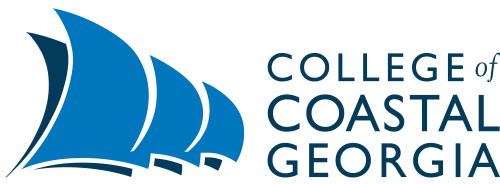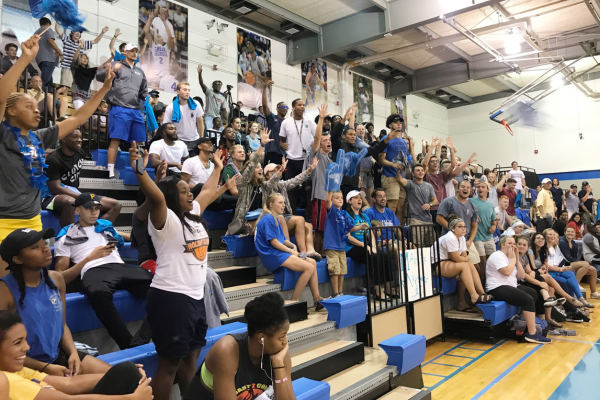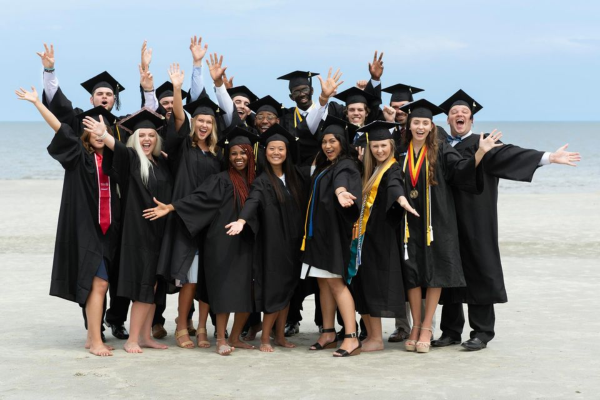- Home
- Reg Murphy Pubs
- Reg Murphy
- Melissa Trussell
- Why we should re-privatize student loans
Why we should re-privatize student loans
In my last column, published here on October 12, I argued that our current student loan market is different from other types of loans. Unlike with other loans, government intervention in the student loan market has distorted loan prices (interest rates) and quantities (available funds). This, I believe, is a major cause of the student debt crisis facing Americans today and is why I am in favor of the government cleaning up its own mess with debt forgiveness.
But, the administration’s current plan for debt forgiveness is only a temporary solution. It is a short-term bandage on a market with broken bones in need of a long-term reset.
As I wrote in my last column, I can think of two very different ways that we could accomplish a real, lasting fix for our student debt problem: 1) re-privatize the student loan market or 2) fully publicly fund higher education. For this column, let’s focus on the former. I will address the latter approach next time.
The current-day direct federal student loan program was created in 1992 under President George H.W. Bush. The program began to be implemented in 1993 with Clinton’s Student Loan Reform Act. The federal government continued also loaning to students indirectly through subsidized private loans until 2010, when President Obama signed legislation requiring all federal student loans to be direct loans.
Now, Forbes reports that in 2022 almost all U.S. student loans are issued directly by the federal government; only 8% of student debt is owed to private lenders.
The problem with this is that the government does not face the same profit incentives that a private lender would, and so student loans are not issued with the same kind of careful consideration of risk that a private lender would undertake. As I discussed in more detail in my previous column, federal student loans are dished out willy-nilly, without regard for potential return on investment or risk of default. The result is that many students amass more debt than they reasonably can afford.
But, we can do better. And, given the profit incentive associated with avoiding loan default, a private loans market would do better.
Economists have studied returns to education at length, and they have found systematic differences in the value of college education for individuals of differing interests and abilities. A quick Google search turns up average starting salaries disaggregated by discipline or college major.
We have the tools to assess the value of what is being purchased with a student loan and to set interest rates and available funds accordingly, like we do through the property appraisal and income verification processes in the mortgage market. These market signals would give students the necessary information to make informed choices about the quantity and type of education they truly can afford.
A federal student loan market will never operate this way because who should and should not be able to access funds for education is not a comfortable or politically popular conversation to have. Our only options for permanently cleaning up the student debt mess are to let the private market hash this out or, on the opposite end of the policy spectrum, to eliminate the need for this conversation altogether by providing free access to higher education for all. We will dive into this second option in my next column.
————-
Dr. Melissa Trussell is a professor in the School of Business and Public Management at College of Coastal Georgia who works with the college’s Reg Murphy Center for Economic and Policy Studies. Contact her at mtrussell@ccga.edu.
Reg Murphy Center






